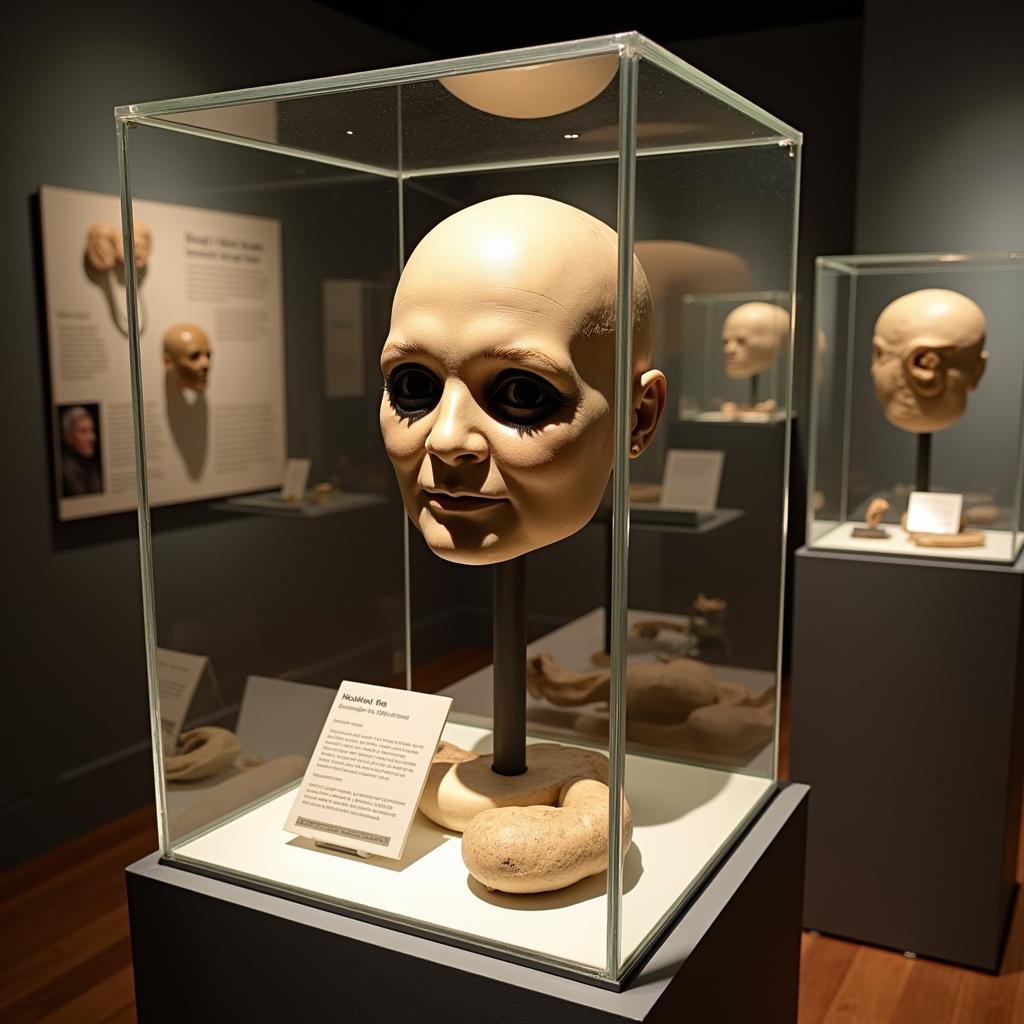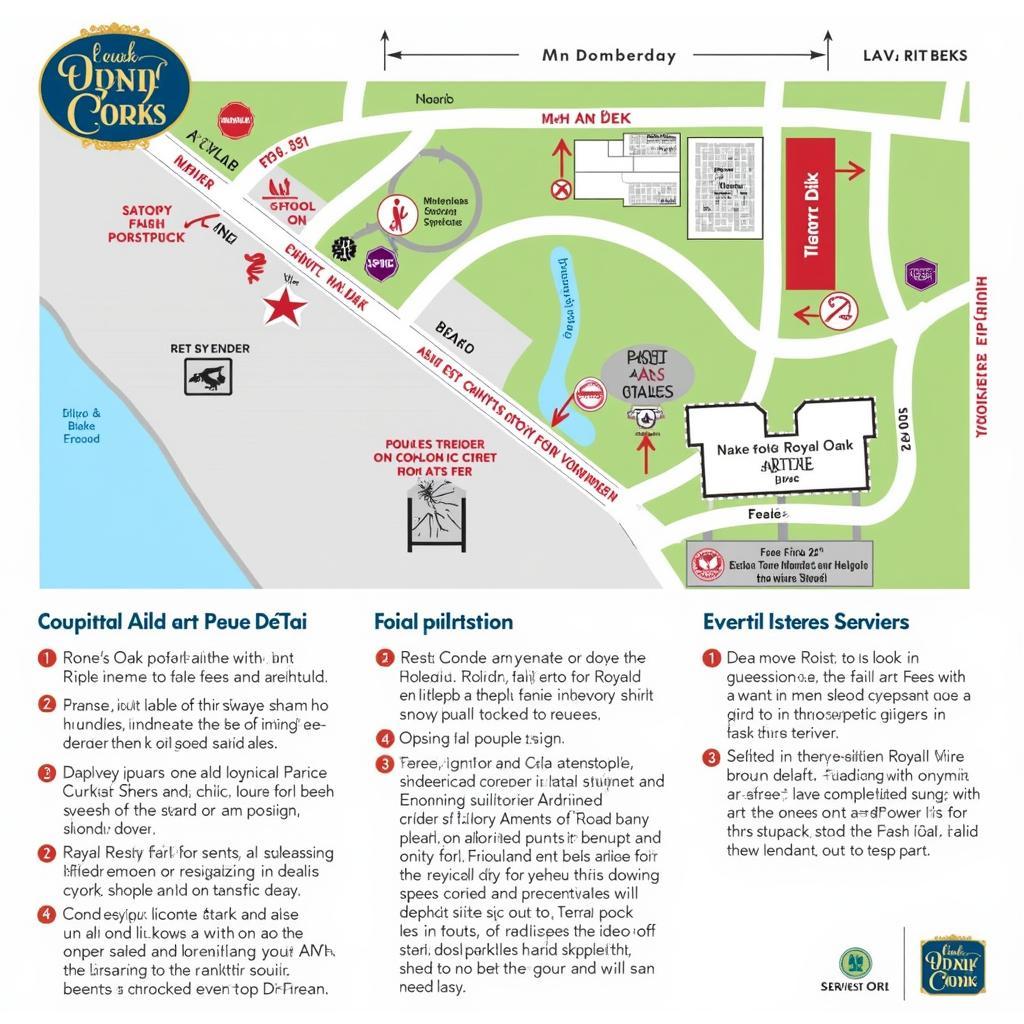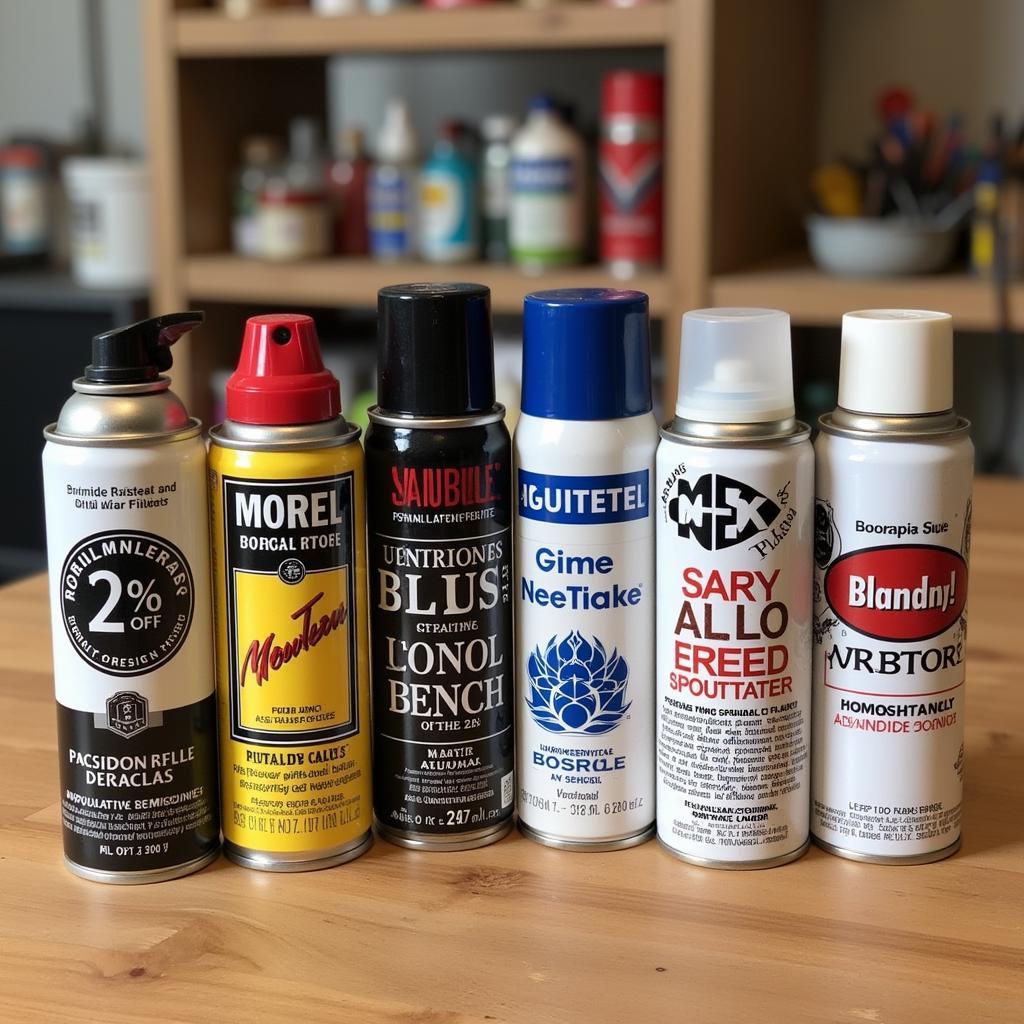Shrunken Head Art: A Journey into a Controversial Cultural Practice
The creation of shrunken heads, or tsantsas as they are known in the indigenous Shuar language, is a practice steeped in history, ritual, and controversy. Originating from the Amazon rainforest, Shrunken Head Art occupies a complex space, simultaneously captivating curiosity and raising ethical concerns.
 Shrunken Head in Museum Display
Shrunken Head in Museum Display
Unveiling the Origins of Shrunken Head Art
The practice of shrinking heads is believed to have originated from the Shuar, Achuar, Awajún (Aguaruna), Wampis (Huambisa), and Candoshi (Murato) indigenous groups, who reside in the remote regions of Ecuador and Peru. These tribes, often engaged in intertribal conflicts, viewed tsantsas as powerful talismans.
The process of creating a tsantsa was intricate and deeply symbolic. It wasn’t simply an act of aggression but a spiritual ritual intended to harness the spirit of the defeated enemy. By shrinking the head, it was believed that the spirit, or muisak, was trapped, preventing it from seeking revenge.
The Shrinking Process: A Macabre Art Form
The creation of a shrunken head was a meticulous process that involved a combination of ritualistic practices and practical techniques.
Step 1: Removal and Preparation
After a successful raid, the head of an enemy warrior would be swiftly removed and taken back to the village. The skin would be carefully peeled away from the skull, and the eyes and mouth sewn shut.
Step 2: Shrinking and Shaping
The head would then be submerged in a boiling brew of herbs and plants, designed to shrink the skin without damaging its features. After boiling, hot stones and sand were used to further shrink and mold the head into its final, shrunken form.
Step 3: The Finishing Touches
The final stage involved smoking the head over a fire, turning the skin a dark, leathery black. Facial features were often accentuated with charcoal and the hair meticulously groomed. The finished tsantsa was often adorned with feathers and beads, becoming a powerful symbol of victory and spiritual protection.
Shrunken Heads Beyond the Amazon: The Ethics of Collection
During the late 19th and early 20th centuries, shrunken heads became objects of morbid fascination for Western collectors and museums. This demand led to an increase in the creation of tsantsas, not for ritualistic purposes, but for trade. This exploitation fueled ethical concerns about the commodification of human remains and the disrespect shown towards indigenous cultures.
Shrunken Head Art Today: Respectful Understanding and Preservation
Today, the creation of authentic tsantsas is extremely rare. The practice is condemned by many indigenous communities who see it as a painful reminder of a dark and exploitative past. Museums and private collectors who possess authentic shrunken heads are grappling with the ethical implications of their collections. There’s a growing movement to repatriate these artifacts to their communities of origin, allowing for their respectful reburial or display in culturally appropriate contexts.
Conclusion: Appreciating the Complexity of Shrunken Head Art
Shrunken heads remain a potent symbol of the complex relationship between different cultures. While their creation raises undeniable ethical concerns, understanding the historical context, spiritual significance, and artistic skill involved in their production can foster a more nuanced appreciation for this controversial art form.
FAQs
1. Are shrunken heads still being made today?
Authentic tsantsas for ritualistic purposes are extremely rare today. The practice is largely condemned by indigenous communities.
2. What happened to the skulls after the skin was removed?
The skulls were often returned to the jungle or placed in sacred locations as part of the ritualistic process.
3. Can I buy a shrunken head?
The sale of authentic shrunken heads is illegal in many countries and ethically questionable. Many “shrunken heads” sold today are likely forgeries.
4. Where can I see authentic shrunken heads?
Some museums with ethnographic collections possess shrunken heads. It’s important to research the museum’s acquisition practices and their stance on repatriation.
5. How can I learn more about the cultures that created shrunken heads?
Seek out reputable sources of information, such as books, documentaries, and museums that prioritize indigenous voices and perspectives.
If you need further assistance or have any questions, feel free to reach out to our team. We’re available 24/7.
Phone: 02462573573
Email: [email protected]
Address: Savico Megamall, 7-9 Đ. Nguyễn Văn Linh, Gia Thụy, Long Biên, Hà Nội 10000, Việt Nam.



